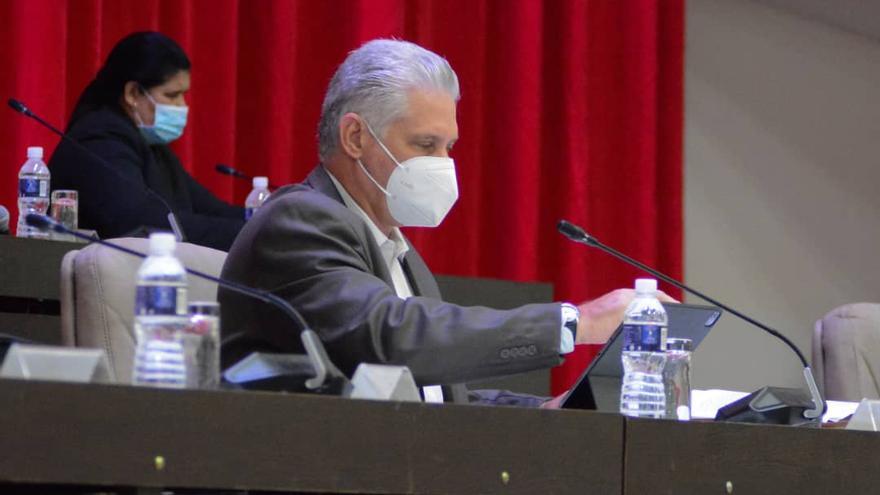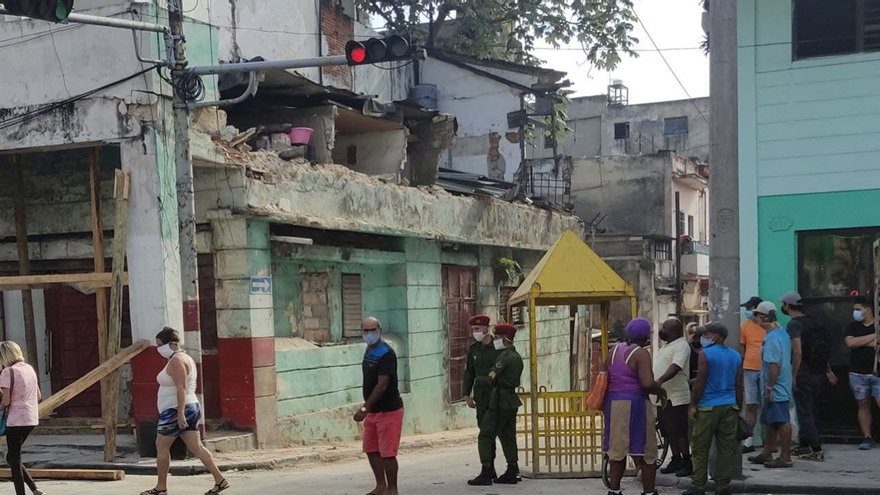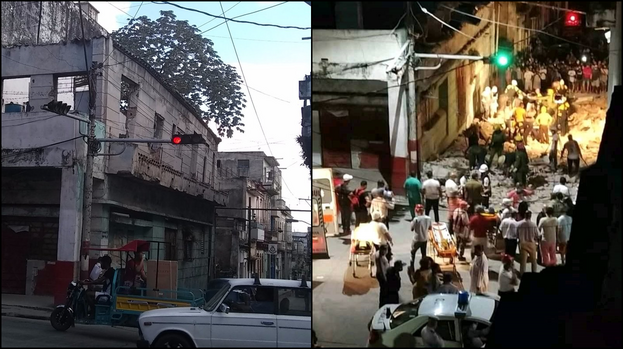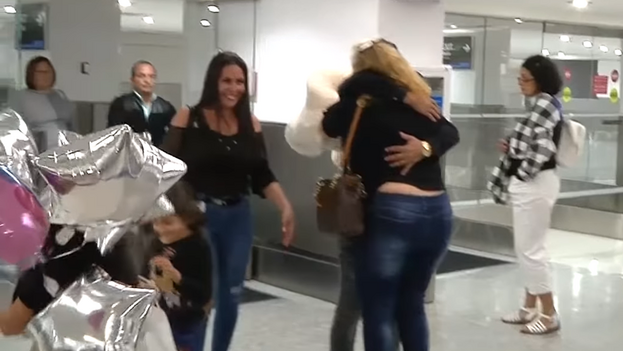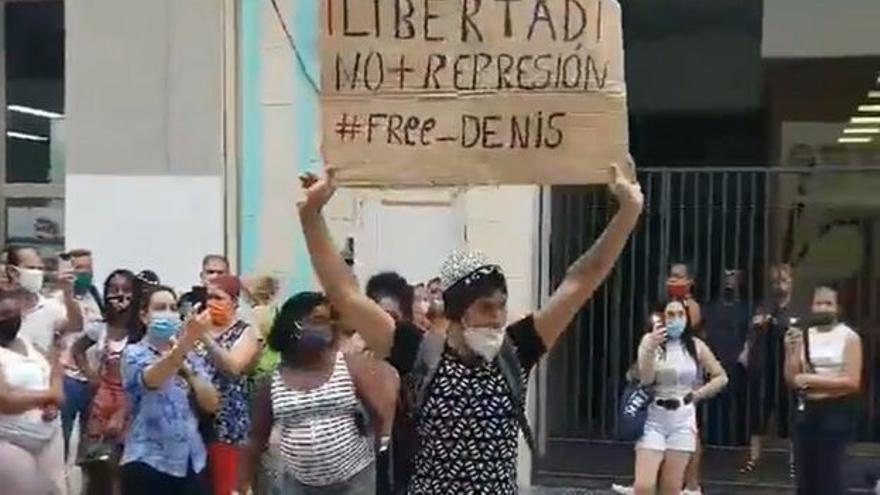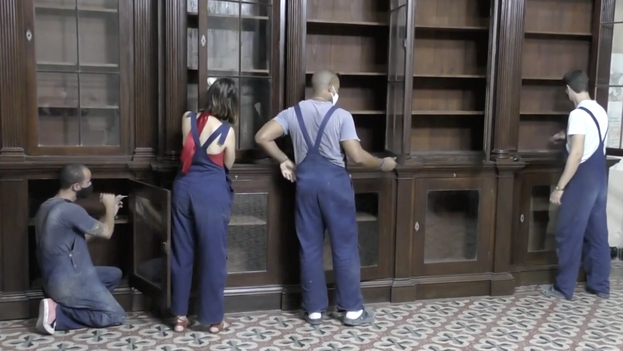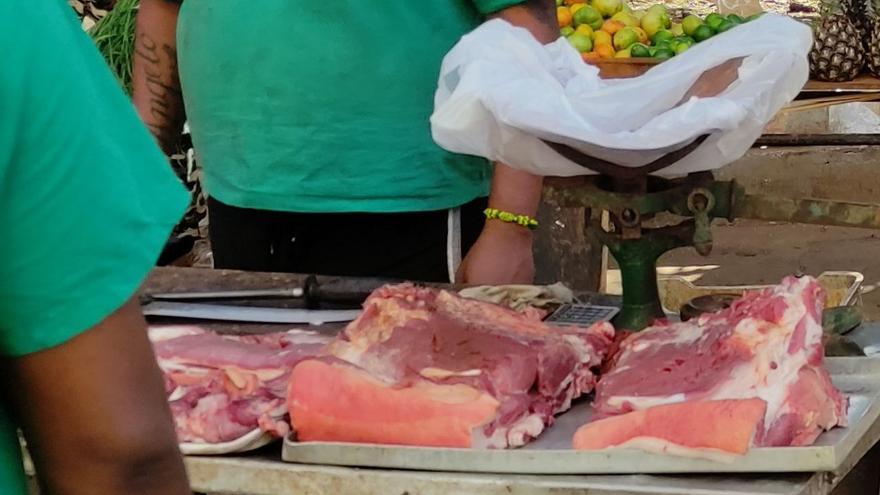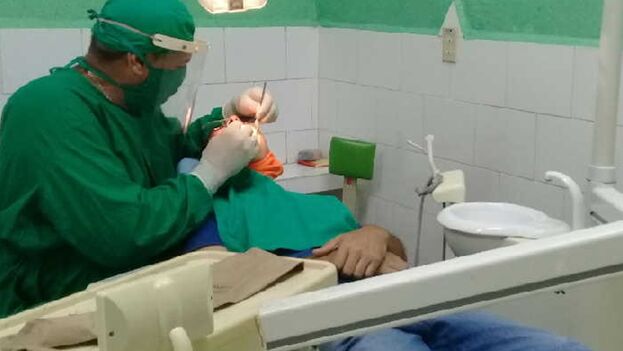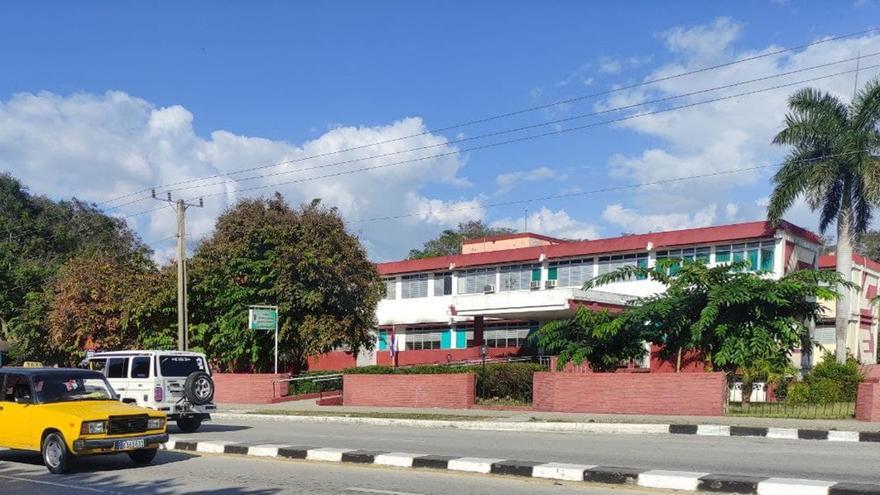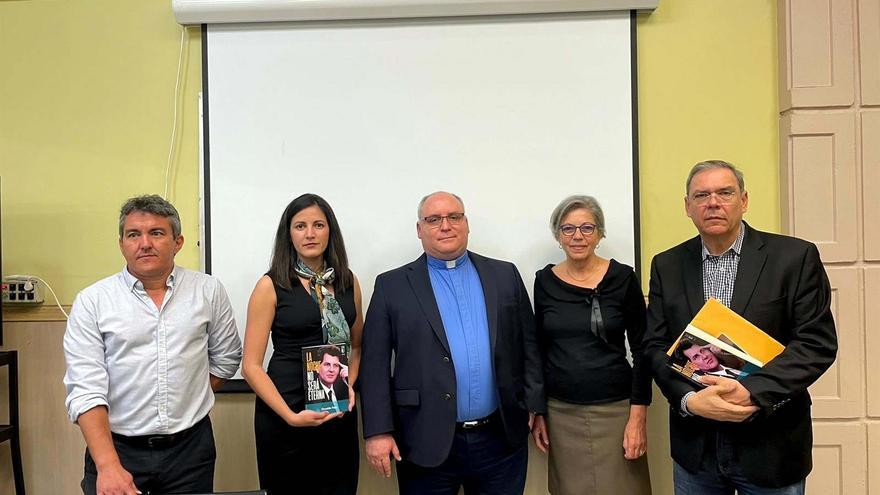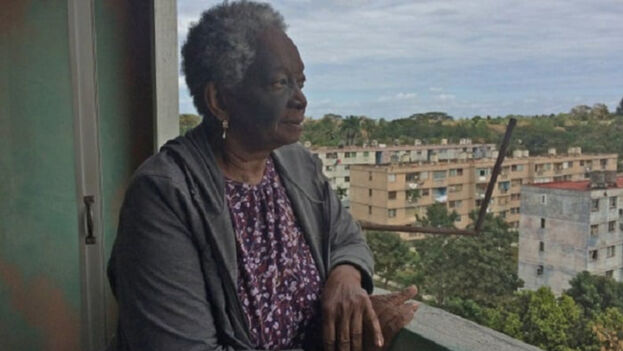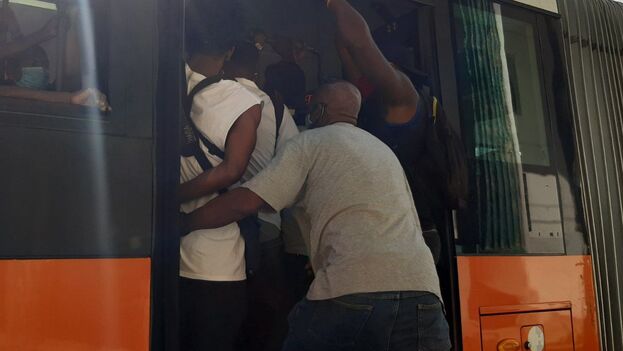
![]() 14ymedio, Natalia López Moya, Havana, 14 December 2021 — It is not enough to wait for hours at the bus stop, make the trip packed in like a can of sardines, but the passengers on Havana’s buses must also take maximum care of their purses, pockets and especially their mobile phones, which have become one of the most stolen objects in public transport.
14ymedio, Natalia López Moya, Havana, 14 December 2021 — It is not enough to wait for hours at the bus stop, make the trip packed in like a can of sardines, but the passengers on Havana’s buses must also take maximum care of their purses, pockets and especially their mobile phones, which have become one of the most stolen objects in public transport.
Some notice when they get off, when they try to make a call and their phone is only a memory. Others realize it while still inside the bus but they can do little to identify the possible thief of a device that has cost them several months of work or that they have obtained through their relatives abroad.
“I had just bought it when I got on P2,” said a 42-year-old from Havana who was the victim of one of these thefts, speaking to 14ymedio. “That day I felt lucky because I even managed to reach a seat, then a woman with a child came up and I gave her the seat. Shortly after I felt that I was missing the mobile phone that was in my pants pocket.”
The man was immediately suspicious of the woman, who had clung to him when sitting down. “A passenger offered to call my number to hear if it rang somewhere, but only got the message that it was ’off or out of coverage area.’
“I asked the driver, almost crying, not to let anyone get off and to wait for the police, but he replied that that was not his job, his job was to carry the passengers and that was what he was going to do.” A few minutes later, the victim pointed his steps towards the Dragones police station to make the complaint. “I still have no cell phone,” he says several weeks after the robbery. continue reading
In these cases, the complaint must be made not only to the police, but the theft of the device must also be reported to the Telecommunications Company (Etecsa). The state monopoly then blacklists the mobile’s IMEI number, a unique identification that is easy to monitor once the device is back in use with a SIM card issued by that entity.
However, there are many who never make the police report or the report to Etecsa. They fear that the cell phone that was stolen from them is being investigated because they initially bought it on the black market. Or, in other cases, they do not want to be involved in a police investigation that will bring subpoenas and their name entered in a database of open investigation processes that can bring future complications.
Three weeks ago, Alberto, a doctor who works in a polyclinic in the capital, prepared to ride on Route 43 to return home after leaving a shift at work. His Xiaomi mobile phone had cost him 200 CUC ($200) last year, and he carried it in one of the pockets of his uniform. “I don’t remember feeling anything, it must have been during the pushing inside the bus that my cell phone was stolen,” he confesses. When he got off the bus, he looked for the device and could not find it.
“I went to the police and, thanks to the management of a friend in a unit, I was able to make the complaint, but to this day my phone does not appear,” he says angrily when he remembers that he had some contacts of his patients in his address book and the numbers of all students for whom he is the thesis tutor.
Carmen, who works at a technology company for the Economy on Ayestarán road and must take the P16 to get to her workplace, was the victim of the theft of her phone on one of those trips. “I need it a lot because my mother has Alzheimer’s, and whoever takes care of her calls me whenever a problem arises,” she says. “My son had to spend all his savings to be able to buy another one,” adds the woman, who claims to have heard of other similar robberies on the same route.
Last week, another young woman had the same fate as Carmen. She got on an A50 bus, a route that connects the National Bus Terminal, in Plaza, with Guanabacoa. On the way, the bus “was filling up, until noteven a pin could squeeze in,” one of the witnesses told this newspaper.
Among the passengers were several students who had boarded the transport to return home. At one point during the trip, one of the students was heard saying: “Reiner, hurry up, call me on the phone, they stole it from me.” His friend called and the mobile phone rang at the back of the bus and the girl tried to get there, but “without being able to specifically identify where the sound was coming from.”
“Call me again, he’s still here,” the student yelled. However, on the second attempt they had already turned off the phone, adds the witness. At that moment the bus stopped at a stop and many people got out.
“I’m going to the police right now, that phone is an Alcatel of the kind that Etecsa sells in MLC (freely convertible currency),” the girl. “My mom bought it for me with a tremendous sacrifice.”
____________
COLLABORATE WITH OUR WORK: The 14ymedio team is committed to practicing serious journalism that reflects Cuba’s reality in all its depth. Thank you for joining us on this long journey. We invite you to continue supporting us by becoming a member of 14ymedio now. Together we can continue transforming journalism in Cuba.

